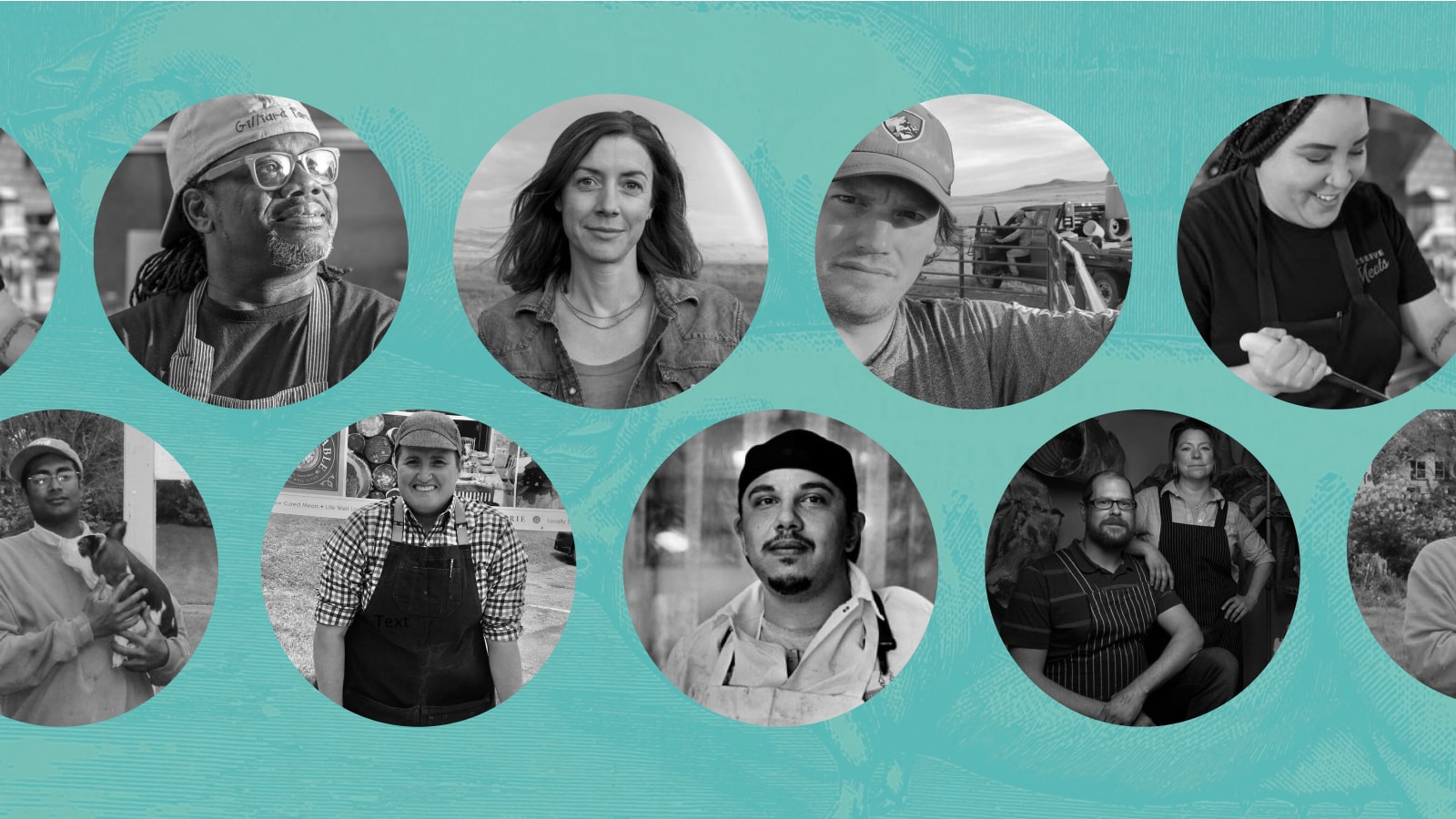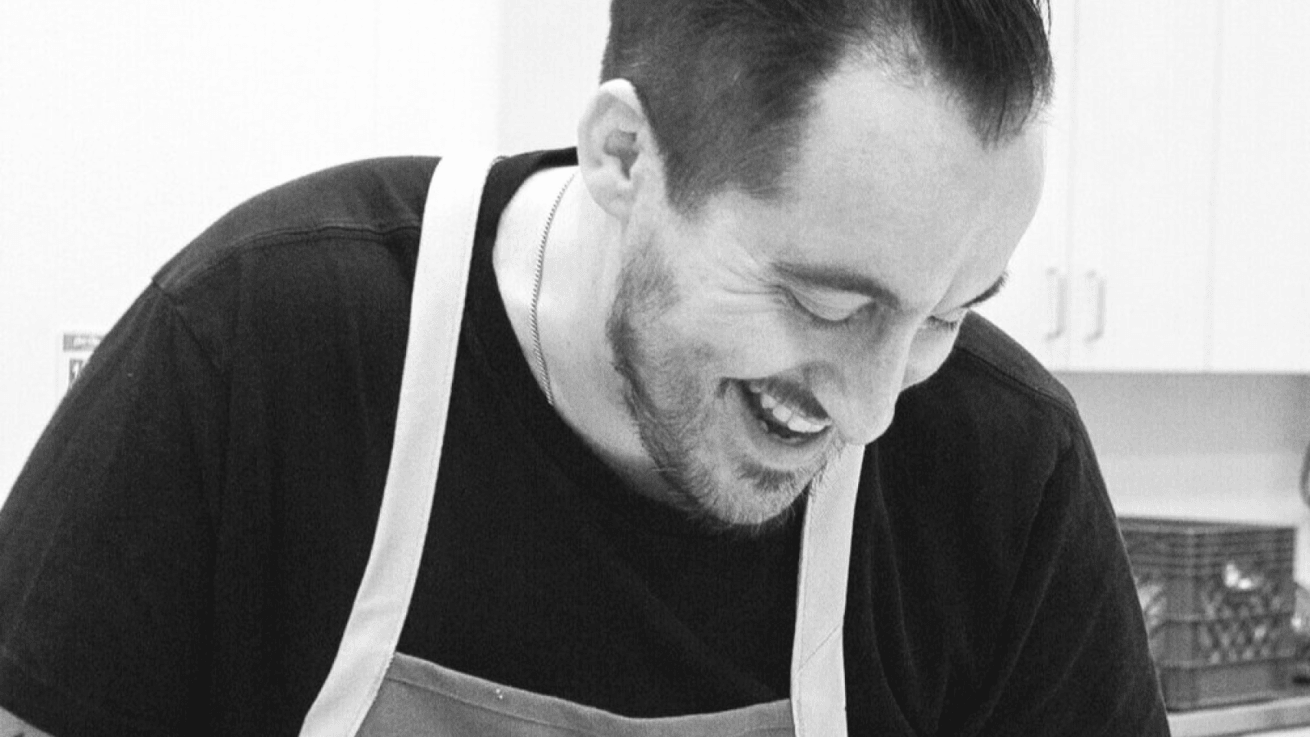Good Meat BreakdownGood Meat® Snapshots
Derek Wagner


Derek Wagner is the chef and owner of Nick’s on Broadway, which he opened in Providence, RI in 2002. Nick works closely with Blackbird Farm, in Smithfield, RI, the town Nick grew up in.
For over ten years, he has been buying sides of beef and pork from them for use in his restaurant. Nick uses every part of these animals on his menu and he and his staff do all of the butchery themselves. They even make their own bacon, sausages, and other charcuterie. Because Nick buys whole, half, or quarters animals directly from the farmer, Blackbird Farm doesn’t have to spend time parsing out cuts to different buyers, and it means Nick has more control over the product he puts on his customers’ plates.
How do you define your Good Meat® values?
The first words that come to mind, and maybe the most important, are delicious, wholesome, raised with care, skill and intention, and handled and prepared with that same ethos at every step of the process. Good Meat is a combination of quality of product, and honest intent and integrity of process, from the farm to the kitchen, to the plate.
How does this inform your work as a Good Meat® Chef?
I choose to serve meat that matches these values because I want to serve the best tasting, highest quality product I can to our guests, and I want that food to express a sense of place and the special relationship that we have with our local farmers and our community. I serve it because it’s the right thing to do. It’s responsible, and its benefits run deep, from human health to socioeconomic benefits. I serve it because I believe in animal welfare, human health, transparency, and the importance of small family farming. And I believe that wholesome products together with good craftsmanship and integrity can create sustenance for diners, farms, and our food system.
How do you use the whole animal in your restaurant and why?
We use the whole animals and sides in various ways depending on quite a few factors, like the species (pork or beef), size, and age of the animal, which determines how much meat we are contending with and how much time we’ll need to work with it. We also ask ourselves, what menu needs do we want or need to fill or create? The last question really drives much of the thought process. If it’s summer, we are thinking burgers, steaks, salads, chilis, corned meats. If it’s fall/winter we may be thinking stews, cassoulets, terrines, pâtés, sausages, meat pies, braises, etc. The thought process is “on demand” and it allows for creative seam butchery in phases. I don’t butcher out the entire side/animal in one or two sittings because it would, in effect, create too much ready to use meat at one time. Instead, business demand and menu needs dictate the pace and timing of the butchery process. All of these factors together define the process and methodology.
How did you become a butcher and a chef? Which came first?
I definitely was a chef first and then became an accidental butcher. I started getting whole animals only out of necessity because it was the only way, legally, that we could get fresh, as opposed to frozen, meat from our local farms. The Department of Health laws in place in Rhode Island only allowed for meat to be distributed to restaurants directly by the farms if the meat was cut by the processor and stored and delivered to us in a frozen state. We tried to support that model at first, but the combination of high pricing, and a lack of consistency and quality of cutting and packaging, made it not right for us. The only way we could get the meat fresh was to receive it directly from the processor whole. And there began our butchery program.
What is one thing you wish more people knew about the food on their plates?
I wish that more consumers knew how wonderful the “off cuts” are and how delicious, interesting and affordable they can be. I wish that more consumers understood the impact of their purchasing decisions. Those decisions affect human health, animal welfare, pricing and availability, the environment, and community wellness. And that’s just to name a few of the important themes.
What meat, or meat dish, do you eat most regularly and what do you eat for a special occasion?
That’s a tough question. We eat a wide variety of things. By far, we eat chicken at home most often, but also quite a bit of ham in sandwiches and snacks. Burgers, steaks, and chops are definitely favorites of mine, but for diet, health, and timing, I eat them less regularly. Roasts, steaks and larger cuts are definitely more celebratory/special occasion meals for me.
What is one of your biggest challenges as a Good Meat® butcher and chef?
Cost challenges would certainly top the list. On a larger scale, I would also say there’s a challenge conveying to consumers the higher costs involved in this model and the value proposition of consuming Good Meat. When we do a good job telling the story, most diners appreciate the idea of what we do and support it. However, when it comes down to charging what we really need to and should charge to keep our sourcing and whole animal butchery model going, there are still many challenges.
Good Meat® Snapshots
Popular Links

Transparency in meat, from pasture to plate.
Practical tools and a national directory to help you choose—and champion—ethical and responsible meat.